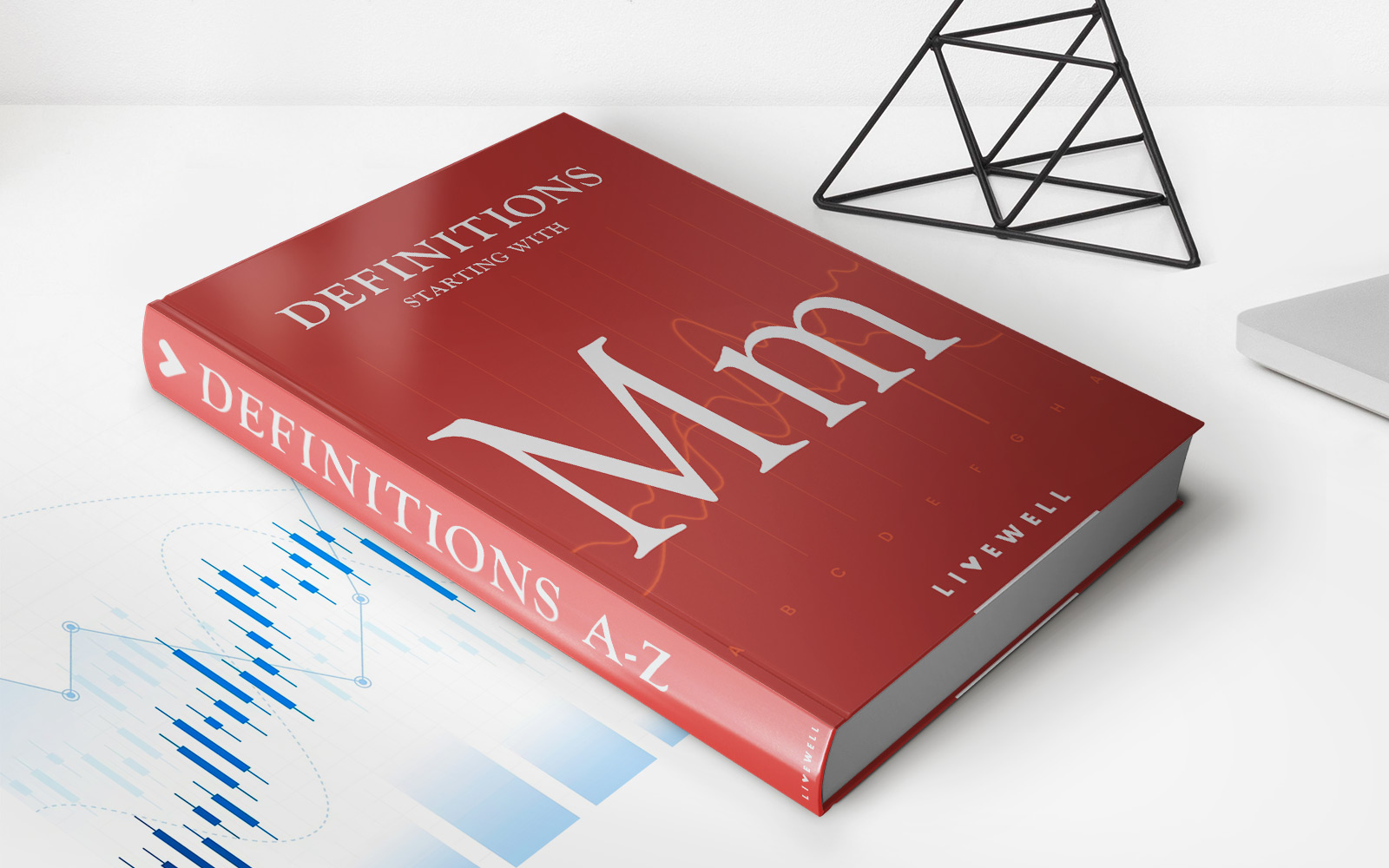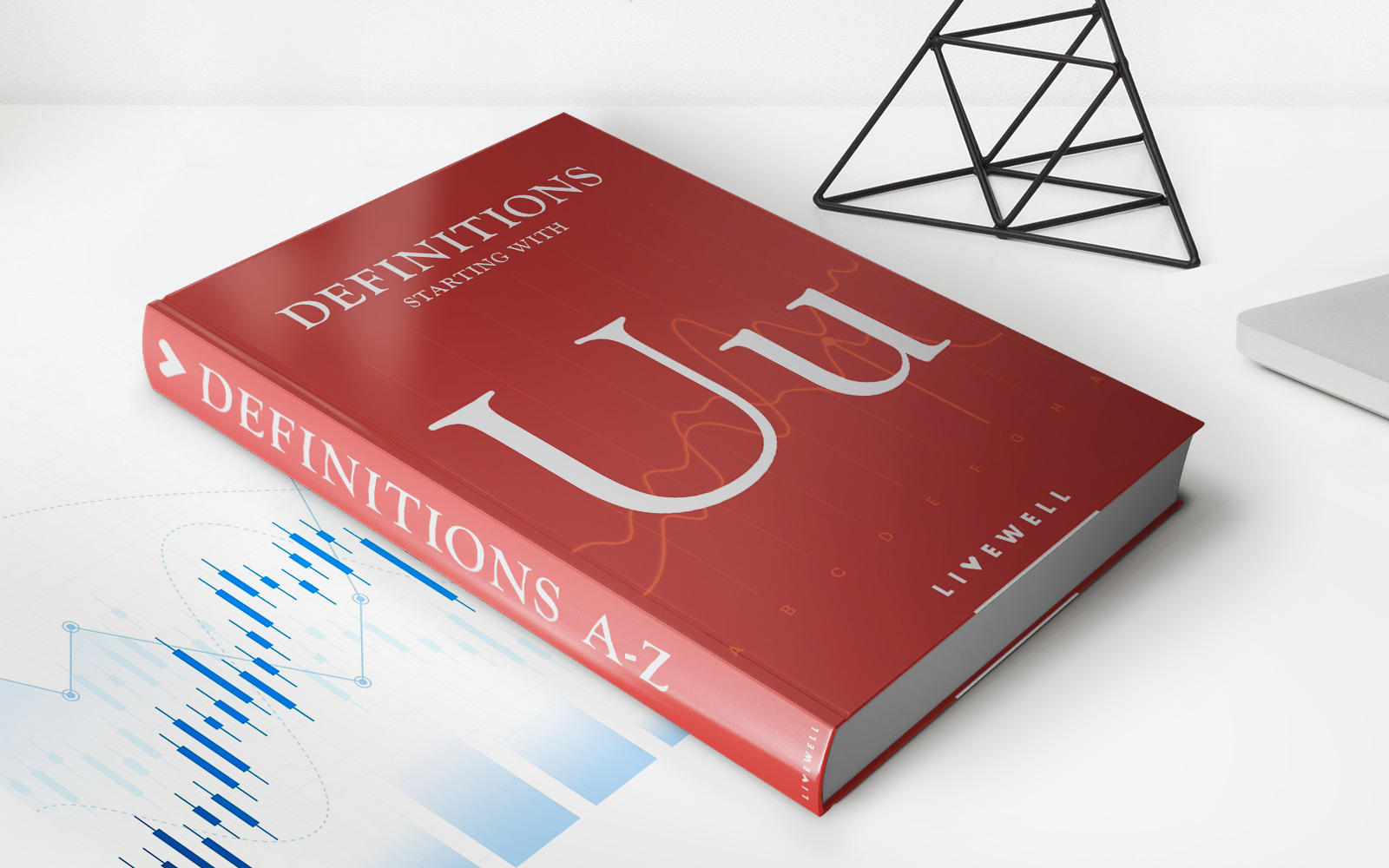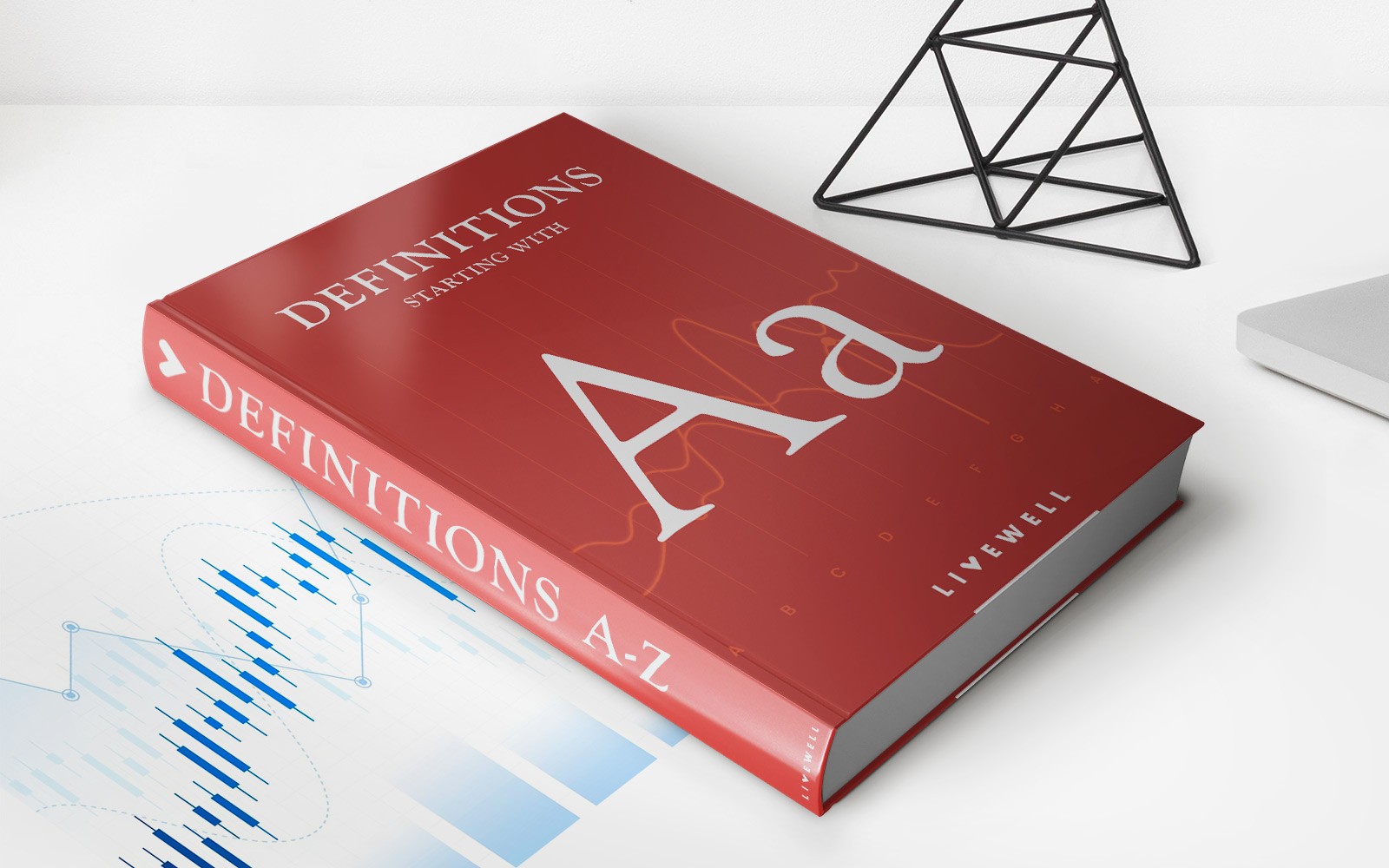Home>Finance>How Retainers And Draws Work In Money Management


Finance
How Retainers And Draws Work In Money Management
Published: February 28, 2024
Learn how retainers and draws function in finance, and how they impact money management. Understand the significance of these terms in financial planning.
(Many of the links in this article redirect to a specific reviewed product. Your purchase of these products through affiliate links helps to generate commission for LiveWell, at no extra cost. Learn more)
Table of Contents
Introduction
Money management is a crucial aspect of personal and business finance, and understanding the various mechanisms involved is essential for making informed decisions. Two common terms in money management are retainers and draws, which play distinct roles in financial operations. Both retainers and draws are utilized in different contexts, and comprehending their functions is paramount for individuals and businesses alike.
In the realm of finance, a retainer refers to a fee paid in advance to secure the services of a financial professional or advisor. This upfront payment ensures that the financial expert is committed to providing their expertise and guidance over a specified period. On the other hand, draws are regular payments taken by individuals or business owners from their profits or investments to cover personal expenses or reinvest in the business.
Understanding the nuances of retainers and draws is crucial for effectively managing financial resources and optimizing financial strategies. This article delves into the intricacies of retainers and draws in money management, highlighting their functions, differences, and the pros and cons associated with each approach. By gaining insights into these financial concepts, individuals and businesses can make informed decisions to support their long-term financial goals and stability.
Understanding Retainers in Money Management
Retainers are a fundamental component of money management, particularly in the realm of financial advisory services. When an individual or business engages the services of a financial advisor, they may be required to pay a retainer fee upfront. This fee serves as a commitment to secure the expertise and ongoing support of the financial advisor. Essentially, the retainer functions as a prepayment for the financial services that will be rendered over a specific period.
Financial professionals, such as wealth managers, investment advisors, and financial planners, often require retainers to ensure a dedicated level of service and commitment to their clients. By receiving a retainer, the financial advisor guarantees their availability and expertise for the client’s financial needs, whether it involves investment portfolio management, retirement planning, or wealth preservation strategies.
Retainers provide a sense of financial security for both the client and the financial advisor. For the client, the retainer signifies a commitment from the advisor to prioritize their financial well-being and provide timely guidance. It fosters a proactive approach to financial management, as the client can rely on the advisor’s expertise without the need for constant fee negotiations or concerns about accessibility.
From the financial advisor’s perspective, retainers offer a predictable income stream and the assurance of a committed client base. This arrangement allows the advisor to allocate sufficient time and resources to cater to the client’s financial needs effectively. It also aligns the interests of the advisor with those of the client, as the advisor’s compensation is tied to the ongoing support and success of the client’s financial objectives.
Retainers are prevalent in various financial service sectors, including legal and accounting practices, where clients pay an upfront fee to secure ongoing professional services. In the context of money management, retainers facilitate a proactive and dedicated approach to financial advisory services, ensuring that clients receive consistent support and guidance tailored to their specific financial goals and circumstances.
Understanding Draws in Money Management
Draws are a vital aspect of money management, particularly for individuals and business owners who rely on profits or investments as a primary source of income. In the context of finance, a draw refers to the regular withdrawal of funds from a business’s profits or an individual’s investment portfolio to cover personal expenses or reinvest in the business.
For business owners, draws represent a means of accessing the earnings generated by the business to meet personal financial obligations or to reinvest in the company’s operations. Draws are commonly utilized in partnerships and sole proprietorships, where business profits are distributed to the owners through periodic draws, enabling them to derive income from the business’s performance.
Similarly, in the realm of personal finance and investment management, draws involve withdrawing funds from investment accounts or portfolios to support living expenses or other financial needs. This strategy allows individuals to leverage their investment gains to maintain their standard of living or pursue additional financial endeavors.
Draws play a crucial role in balancing personal and business financial requirements, as they enable individuals and business owners to access the fruits of their labor and financial acumen. However, careful consideration is essential to ensure that draws are managed prudently, taking into account the long-term sustainability of the business or investment portfolio.
Effective money management involves striking a balance between utilizing draws to meet immediate financial needs and preserving the financial resources necessary for sustained growth and stability. By implementing disciplined draw strategies, individuals and business owners can optimize their financial resources and maintain a healthy financial position while navigating the complexities of personal and business finance.
Key Differences between Retainers and Draws
Retainers and draws are distinct financial concepts that serve different purposes in money management. Understanding the key differences between these two mechanisms is essential for individuals and businesses seeking to optimize their financial strategies and operational efficiency.
- Nature of Payment: The fundamental distinction between retainers and draws lies in the nature of payment. A retainer involves an upfront fee paid to secure ongoing financial advisory or professional services, ensuring a dedicated commitment from the service provider. In contrast, draws entail the regular withdrawal of funds from business profits or investment portfolios to cover personal expenses or reinvest in the business.
- Usage and Purpose: Retainers are primarily utilized in the context of professional services, such as financial advisory, legal representation, and accounting, where clients pay an advance fee to secure ongoing support and expertise. Draws, on the other hand, are commonly employed by business owners and individuals to access profits or investment gains for personal financial needs or business reinvestment.
- Client-Service Provider Relationship: Retainers establish a committed relationship between the client and the service provider, ensuring that the client receives dedicated support and expertise over a specified period. This proactive arrangement fosters a sense of financial security and ongoing guidance for the client. Draws, however, reflect the utilization of financial resources for personal or business purposes, without the prepayment or commitment characteristic of retainers.
- Financial Impact: Retainers have a direct financial impact on the client, as they involve an upfront payment to secure ongoing services. This upfront commitment provides financial professionals with predictable income and the assurance of a dedicated client base. Draws, on the other hand, impact the financial position of the business or individual, as they involve the withdrawal of funds from profits or investment portfolios to support personal or business-related financial needs.
By recognizing the distinctions between retainers and draws, individuals and businesses can tailor their financial management strategies to align with their specific needs and objectives. Whether seeking ongoing professional support through retainers or leveraging profits through draws to meet financial obligations, a clear understanding of these financial mechanisms is essential for informed decision-making and long-term financial stability.
Pros and Cons of Retainers and Draws
Retainers and draws each offer unique advantages and considerations in the realm of money management. Understanding the pros and cons associated with these financial mechanisms is crucial for individuals and businesses aiming to optimize their financial strategies and operational efficiency.
Retainers
- Pros:
- Predictable Income: Retainers provide financial professionals with a predictable income stream, ensuring a steady flow of revenue in exchange for ongoing services.
- Client Commitment: Clients paying retainers demonstrate a commitment to the financial professional’s expertise, fostering a dedicated and proactive client-advisor relationship.
- Priority Service: Retainers often result in prioritized service delivery, as the financial professional is incentivized to provide ongoing support and guidance to the client.
- Cons:
- Upfront Financial Commitment: Clients may perceive retainers as an upfront financial burden, especially if they are uncertain about the extent of ongoing services required.
- Service Expectations: There may be higher expectations from clients paying retainers, leading to increased pressure on the financial professional to deliver consistent and valuable services.
Draws
- Pros:
- Financial Flexibility: Draws provide individuals and business owners with the flexibility to access profits or investment gains for personal or business needs, supporting liquidity and financial agility.
- Personal Income: Business owners can derive personal income from their business profits through periodic draws, enabling them to meet financial obligations and support their livelihood.
- Reinvestment: Draws allow business owners to reinvest profits back into the business, facilitating growth and operational sustainability.
- Cons:
- Impact on Business Capital: Excessive or imprudent draws can deplete business capital, potentially hindering long-term growth and financial stability.
- Tax Implications: Draws may have tax implications for business owners, necessitating careful consideration of the financial and tax ramifications.
By weighing the advantages and considerations of retainers and draws, individuals and businesses can make informed decisions regarding their financial management strategies. Whether prioritizing predictable income and client commitment through retainers or leveraging financial flexibility and personal income through draws, a comprehensive understanding of the pros and cons of these financial mechanisms is essential for navigating the complexities of money management.
Conclusion
Retainers and draws are integral components of money management, each serving distinct purposes in the realm of personal and business finance. Retainers, characterized by upfront fees securing ongoing professional services, offer financial professionals a predictable income stream and foster a committed client-service provider relationship. While draws, involving the regular withdrawal of funds from profits or investment portfolios, provide individuals and business owners with financial flexibility, personal income, and reinvestment opportunities.
Understanding the nuances of retainers and draws is essential for individuals and businesses seeking to optimize their financial strategies and operational efficiency. By recognizing the key differences and weighing the pros and cons associated with these financial mechanisms, informed decisions can be made to align with specific financial needs and long-term objectives. Whether prioritizing ongoing professional support through retainers or leveraging profits for personal or business needs through draws, a comprehensive understanding of these financial concepts is paramount for navigating the complexities of money management.
Ultimately, the effective utilization of retainers and draws hinges on prudent financial management, proactive decision-making, and a clear alignment with the overarching financial goals of individuals and businesses. By leveraging the advantages and mitigating the potential drawbacks of retainers and draws, financial stability, growth, and operational sustainability can be achieved, supporting long-term prosperity and resilience in the dynamic landscape of personal and business finance.














